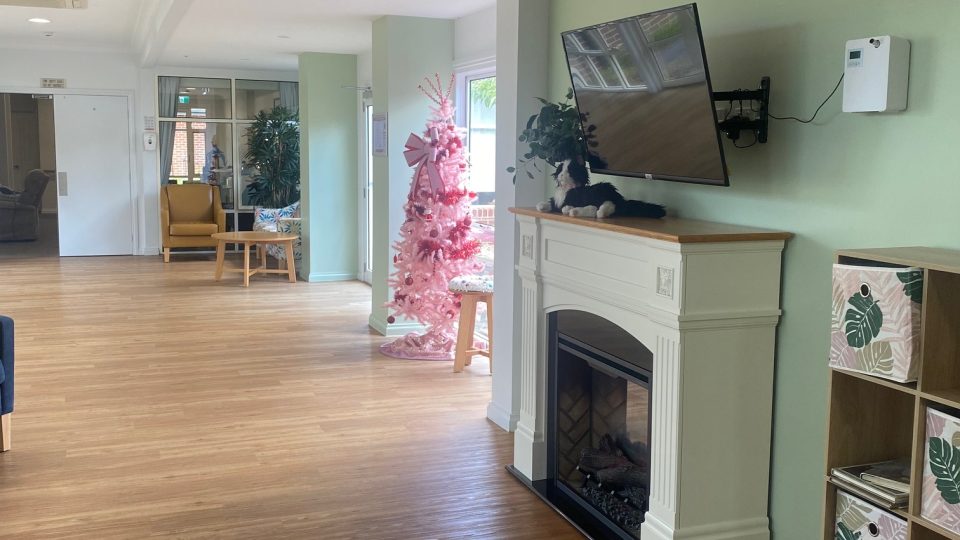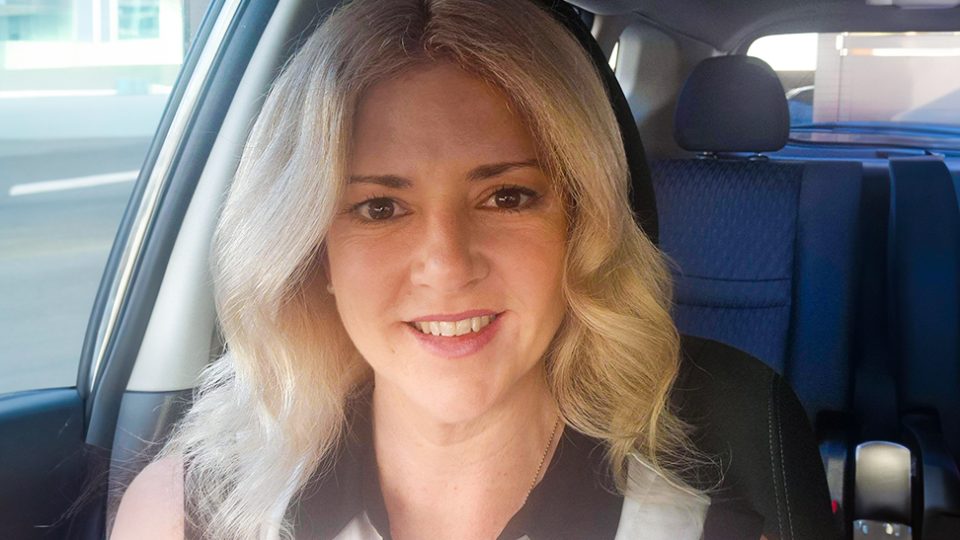Approaching her 94th birthday, Betty is one of the livewire residents of Baptcare Northaven Community.
“They’re not staff in here – they’re friends,” says Betty Murphy.
Betty is a voracious reader. Her all-time favourite author is the quirky Terry Pratchett, but she also loves the crime novels of PD James and the sagas of Georgette Heyer.
Betty’s other passion is sport. “I’ve got one red eye and one black eye,” she chuckles. She loved seeing Dick Reynolds and John Coleman at Windy Hill, Don Bradman at bat at the MCG, and is already looking forward to the next Olympics.
“I grew up in Essendon and worked as a secretary at BSA Motorbikes. When I met my husband I moved to Kooloonong (140km north-west of Kerang) to a wheat and sheep farm. We were married for 65-and-a-half years, had two children, four grandchildren and six great-grandchildren.
“But I’m at Northaven now, and I’m glad to be here.” Our community is glad you’re here too, Betty!
“The people here all work so hard, and the more that gets asked of them, the more they give.”
After the worst days of the pandemic were over, Betty penned the following poem which is on proud display in the central office at Northaven:
With a cough and a sneeze
A sniff and a wheeze
Covid showed his ugly face
Yes, even in this quiet place.
Just stay in your room
We’ll take care of you
No place here for gloom
So smile and we will get through.
Covered in plastic from head to toe
In and out of the rooms they go
Carrying a very heavy tray
They fed us like royalty every day.
Half the staff have gone to bed
Forget sore feet and aching head
You are heroes you know
And we are here to tell you so.
With all that work
You didn’t shirk
So thank you again friends
And that’s how this poem ends.
“I’ve lived here for a long time and I love all the girls (on staff), the trips we go on, and the way it feels like home. It never seems like it’s a job for the staff; they do it because they feel like we are family.”
Community news
-

Opening doors: transforming aged care at our Heritage Manor community
At Heritage Manor Residential Aged Care community in Morwell, a quiet revolution has taken place – one that began not with grand gestures, but with a simple decision: to open a door.
- 16 Jan 2026
-

Staff Spotlight: Annabelle Hancock
Meet Annabelle Hancock, Statewide Carer Support Liaison Officer for the Foster and Kinship care team based in Tasmania.
- 06 Jan 2026
-

Staff spotlight: Alicia Johnston
We are very proud of our talented and dynamic workforce and enjoy following their professional work journeys. Roles aren’t static at Baptcare. There is flexibility to grow and develop into different areas, such as Alicia Johnston’s experience.
- 06 Jan 2026

